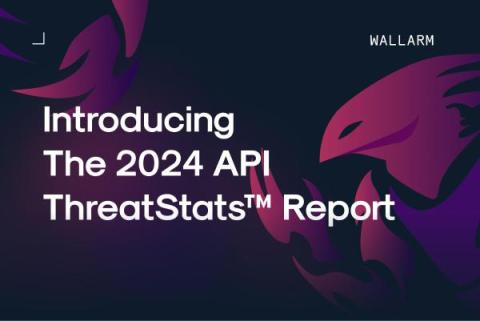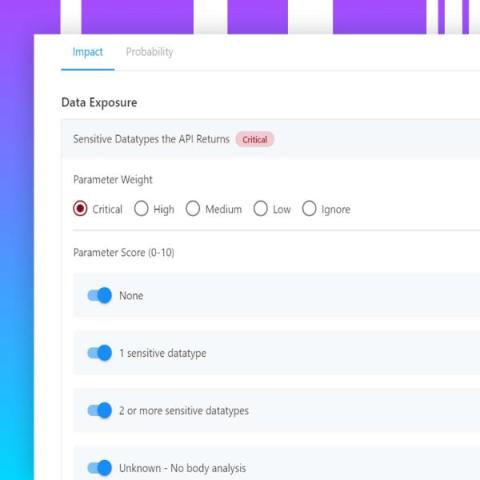Introducing the Wallarm 2024 API ThreatStatsTM Report
The Wallarm Security Research team is pleased to share the latest version of our API ThreatStats report. This report serves as a key resource for API, Application security practitioners. It emphasizes the need for a proactive stance in API security, advocating for continuous monitoring, regular updates, and the adoption of latest advanced security solutions.











